Exploring the complex story of bamboo clothing, from farming to production, everything you need to know.
Table of Contents
For centuries, we humans have harnessed the unique properties of bamboo to make just about everything, from houses to fishing equipment. Now this humble plant is increasingly used to manufacture textiles for the rapidly growing bamboo clothing industry.
Bamboo has been widely touted as a wonder product in terms of its environmental impact. The internet is full of articles waxing lyrical, with claims that it’s breathable, recyclable, anti-bacterial, anti-fungal, it traps CO2 for fun, releasing vast quantities of oxygen in the process, it is the ethical choice for a sustainable future.
But dig a little further, and for all this hype there’s still a fault line of controversy, begging the question: is bamboo sustainable as the mantra suggests? And does bamboo clothing really represent an ethical choice when it comes to buying your next pair of socks?
[On the subject of ethical choices - Click here to begin your ethical clothing search today. We’ve gathered together thousands of ethical products from all across Europe to help you help our planet, one step at a time.]
What is bamboo clothing?
To properly answer these questions it’s important that we first clarify what ‘bamboo clothing’ actually means. The fact is, the vast majority of yarn generated from bamboo doesn’t contain a trace of bamboo in the finished product. The bamboo plant just provides a source of cellulose fibre and could, in fact, be substituted with many other plants to make an identical end product, from the same industrial process.
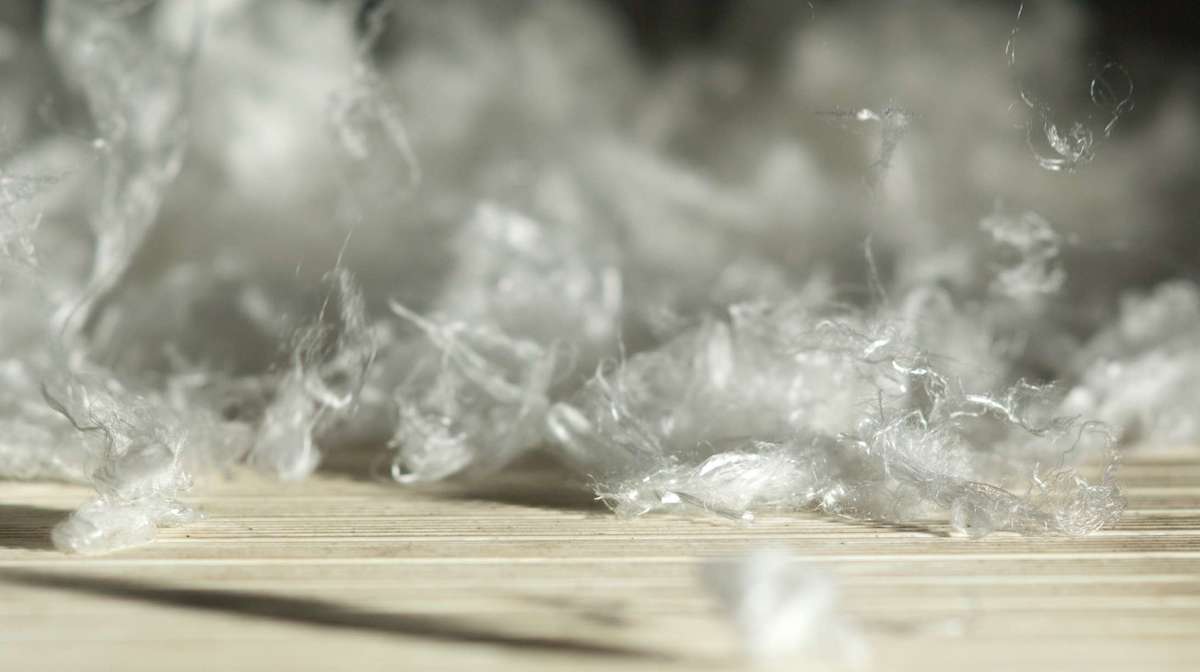
To be precise, what we might call bamboo clothing is actually made from a type of reconstituted bamboo fibre commonly known as viscose. So, when a manufacturer states that a product is ‘made of bamboo’ or ‘100% bamboo’, what this means, 99% of the time, is that it’s made of viscose that is derived from bamboo.
In the US, quite rightly, they take this definition seriously. Back in 2010 several companies, including Amazon, Macy’s, Leon Max, and Sears, were fined a total of $1.26 million by the FTC for breaching the Textile Products Identification Act. They all miss-labelled products as ‘Made Of Bamboo` when they were actually viscose derivatives.
Similarly in the European Union, commission directives state that bamboo cannot be used for the ‘compulsory description of fibre composition’. In other words, bamboo is not listed as a legitimate constituent of any garment, whilst of course viscose is.
So, the overwhelming majority of bamboo clothing is not really made from bamboo at all. A point of genuine confusion, as highlighted by the legal controversy in the US. Whilst this might seem trivial, given the eco-friendly tag that bamboo clothing has adopted, transparency is paramount for genuine credibility.
What’s important here is that the definition of what bamboo clothing is, strikes right at heart of our question. The fact that viscose can be generated from bamboo, or a number of other plant based substrates means that the whole story of bamboo as a sustainable resource to make clothes, has to be separated into two parts.
For one we have to understand the environmental impact of growing bamboo, and more specifically how bamboo farming compares with the alternatives used for making viscose. But first, we need to understand more about viscose itself (aka ‘rayon’ or ‘viscose rayon’), how it’s made, and how this process impacts the environment.
Making viscose: A chemical process
As already mentioned viscose is a type of man-made cellulose fibre, and this means it is not truly natural (like cotton, wool, or silk), though nor is it truly synthetic (like nylon or polyester). It really falls between the two categories. Whilst the substrate cellulose fibre is natural, you may have guessed from the name that there is not much ‘natural’ about how it’s made. So, should we be concerned about it?
In short, to create viscose yarn from any plant based substrate we first have to cook and crush the thick cellulose plant fibres in a bath of strong chemical solvents such as sodium hydroxide (commonly also known as caustic soda).
The product of this process, called alkali cellulose, is then dried and ground down to a powder, before a second chemical, carbon disulphide, is used to jell it back together, making something called sodium cellulose xanthate. And finally this is dissolved in a dilute caustic soda to form a yarn spinning solution, that we call viscose.
So, in viscose we have actually recreated that cellulose plant structure, except this time it’s a little more orderly, allowing us to manipulate it to spin yarn, which is why viscose is most accurately described as reconstituted cellulose fibre, a name that clearly didn’t catch on.
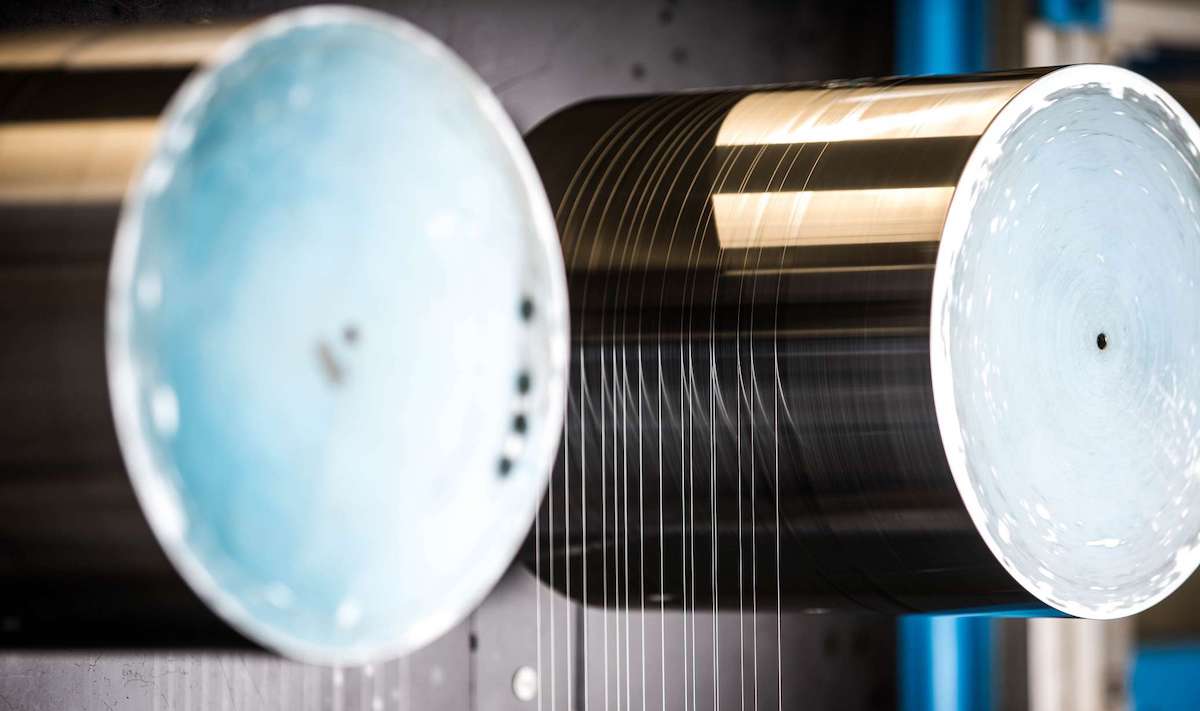
It’s undeniable that this is a chemically intensive process, and the major environmental hazard arises when these chemicals have to be disposed of. Exposure to the likes of sodium hydroxide and carbon disulphide can cause a range of symptoms from serious eye and skin irritation, to headaches, and neural disorders. Sodium hydroxide in particular is a powerful alkali that decomposes proteins, and a key constituent of the toxic solutions we used to unblock our drains. Not nice stuff at all.
A little understanding of this process may have washed away any preconceptions of bamboo being the next best eco-trend for fashion. But it’s not all doom and gloom, viscose production is big business, and investment in new technology is allowing many of the leading producers to commit to substantial reductions in harmful waste.
The future of viscose production
Companies like Lenzig, a world leader in viscose production, have pioneered closed loop processes that maximise the re-use of chemicals, whilst committing to the safest possible disposal of any excess. They call their product EcoVero, an environmentally friendly type of viscose, that is FSC certified, with a fully transparent supply chain, and meets EU ecolabel standards.
More promising still is the Lyocell process, which spawned the brand name Tencell®. This unique method of viscose production uses a non-toxic amine oxide (methylmorpholine-N-oxide) to dissolve those tough cellulose fibres, removing sodium hydroxide from the whole equation, and allowing for 99.5% of all chemicals to be reused. That’s a tightly closed loop indeed.
It is by no means perfect, the Lyocell process demands a lot of energy, and the amine oxide used is a by-product of gasoline production. However, it demonstrates that viscose production is definitely evolving in the right direction.
It’s also reassuring to know that these harmful chemicals do not persist within the final product. Proven by the fact that both viscose and Lyocell products frequently receive Oeko-Tex 100 certification, meaning that they have passed a rigorous testing scheme that rules out any risk to humans at the point of use. And to boot, because it’s composed of nothing more than cellulose fibres, all forms of viscose are 100% biodegradable.
Viscose also stacks up well against other materials, such as conventional cotton. In terms of water it’s an outright winner, requiring around 640 litres to produce one kilo of fabric, at least 25x less than is needed for the equivalent weight of cotton.
In addition, viscose fabric requires substantially less dyestuffs to achieve desired colour levels, when compared with all types of cotton. This is significant because the (often forgotten) dyeing phase of conventional garment production requires a lot of water and some very unpleasant chemicals. By adhering to dyes more easily, viscose reduces the environmental burden of toxic waste water during this problematic and crucial part of manufacturing.
At this stage it’s perhaps obvious that the story of bamboo clothing is not straight forward. We can be sure that industrial processes used to produce textiles always have some negative environmental impact, and viscose is no exception to this rule. For this reason, we at Ethical Clothing feel that an understanding of viscose production is essential to gaining a balanced view of bamboo in the textile industry.
With this in mind, the fact remains that bamboo is an extremely popular source of that cellulose fibre needed to produce viscose. Therefore, we now need to understand whether bamboo offers us the best source material for this process.
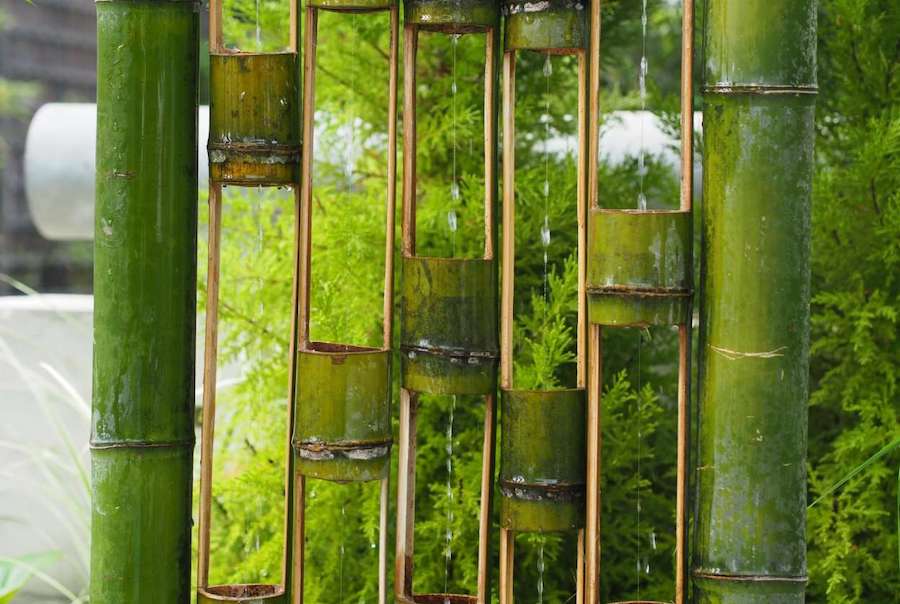
Is bamboo sustainable: farming and cultivation
Taking a step beyond the complexities of labelling and manufacturing drawbacks, is bamboo the sustainable resource that we are often led to believe?
The upside of bamboo
You don’t have to dig too deep to find some of the unique qualities of this plant. For a start, it’s extremely wide spread, growing throughout the tropical belt in all continents, covering more than 30 million hectares globally. It’s extremely tough and adaptable, with more than 1400 recorded species, and able to thrive without pesticides, owing to a natural antimicrobial bio-agent called kun.
It’s all very impressive, but no doubt the defining characteristic of bamboo is that it’s officially the fastest growing plant on the planet, with some species growing at a staggering rate of 910mm in 24hrs under optimal conditions.
Of course, not all bamboo species are used for large scale cultivation, and this is where we as humans are interfering with nature the most. When it comes to farming bamboo, the ‘Moso’ (Phyllostachys Moso) species is by far the most important, making up 80% of all bamboo cover in China, which is by far the biggest producer in the world, accounting for more than 65% of the total world export.
Rapidly increasing demand has led to a doubling of Moso coverage over the last 30 years. As the primary source of bamboo timber (that cellulose fibre needed to make viscose), Moso is also the most significant species for the textile industry, so it follows that we should focus our attention here.
In many respects Moso bamboo does indeed live up to the hype. It’s among the fastest growing bamboo species, reaching a height of 3 meters in a little under 3 weeks from planting. It also grows thicker as it gets taller meaning it lays down a huge volume of biomass as it shoots up.
Compared with alternatives like traditional pine plantations Moso can produce almost double the amount of timber per acre, making it extremely efficient for farmers wanting to maximise their yields. And of course, a fast growth rate means that large volumes can be felled each year whilst still maintaining stocks to support ecosystems.
In fact, the nature of bamboo plantations actually enforces a more environmentally conscious type of forestry. Each year approximately 20-25% of the older bamboo poles can be sustainably harvested, and because of the huge interconnected root structure this doesn’t damage the overall organism. By contrast, harvesting the mature poles should actually increase the net yield of a plantation, a bit like pruning your rose bushes in spring.
This means clear cutting is simply not an option for bamboo farmers, and that there is no need for costly replanting. As a result the ecosystem will remain relatively constant compared with other plantations. What’s more, the root structure of bamboo, called the rhizome, makes the topsoil much more stable by protecting it from erosion and subsidence often caused by heavy tropical rains.
To cap things off, in terms of water Bamboo is extremely efficient, requiring little to no irrigation. Because it’s usually farmed in wet subtropical locations, and the ecosystem is rarely disrupted by clear cutting, bamboo plantations are stable and mostly self-sufficient, able to absorb and store all of the water they need from the natural environment.
[Looking for sustainable bamboo clothing online? Our ethical clothing search engine makes this easier than ever - Just click here, type ‘bamboo’, and we’ll do the rest.]
Bamboo and CO2
There are a lot of bold claims about bamboo and its ability to mitigate climate change. It’s true that the rapid accumulation of biomass along with effective fixation of CO2 means that it should be very effective at storing carbon dioxide and other forms of carbon. This is where the environmental potential of bamboo has been most trumpeted, but it still remains poorly understood. Here we’ll dive to this topic to paint a more realistic picture.
When stacked against the competition bamboo certainly holds its own. Comparative studies in subtropical areas of China suggest that Bamboo is 2 to 4 times more effective at fixing carbon when matched against fir or pine plantations in the same areas. And further studies of bamboo forests compared with 9 other traditional forest types in china, also concluded that bamboo had the highest carbon fixation ability of all species under investigation.
What’s more, the incredible growth rate of the Moso species means that the time taken to achieve its maximum carbon storage capacity is less than 10 years, which is considerably faster than equivalent softwood tree species. So far so good.
However, we should tread with caution as statistics like these always need to be put into context. In this case we have to consider these findings alongside the normal conditions under which bamboo is farmed.
In fact, a typical bamboo stand will only contain plants ranging from 0-7 years, so plants are actually felled long before they reach their maximum capacity for fixing carbon. Details like this highlight the downsides to super intensive bamboo farming. Where maximum yields are prioritised, the environmental system is often stretched well beyond natural limits.
This doesn’t mean that farming of bamboo is bad per se, but it highlights the importance of good management in the cultivation of bamboo to minimise environmental impacts. And this shows, as when best practices are adopted, a bamboo stand will fix more carbon from the atmosphere than equivalent stands that are left untouched, and allowed to decay.
Although more comprehensive research is needed, the evidence is tipping in favour of bamboo as a go-to sustainable species, especially when it is stacked up against the alternatives for the production of viscose.
Complications, and socioeconomic pressures
There is no doubt that the rapid increase in demand for bamboo over the last 20 years has resulted in malpractice in pursuit of maximum profit.
At times huge areas of mixed forest have been cleared to make space for new bamboo plantations, and this practice even includes clearing natural bamboo stands to make way for monocultures of more ‘useful’ bamboo species, such as Moso. This type of human intervention is never good for biodiversity as homogenous plantations simply cannot support the same number of different species as a natural stand of trees.
In some provinces of China the government has actively encouraged farmers to plant more bamboo leading to even more intensive monocultures.
The balance of economic and environmental interests is always difficult, especially when people’s livelihoods are at stake. It’s undeniable that this is where the growth of the bamboo industry has had a positive impact. Increasing demand means that bamboo has become a more profitable plantation, enabling it to support a large number of people in poor, rural communities, not just in China, but also South East Asia, India, Africa, and large parts of South America.
A balanced view on the sustainability of bamboo clothing
In summary, the questions surrounding the sustainability of bamboo clothing are not simple. Viscose fabric in its various forms is a genuine hybrid material, somewhere between natural and synthetic, with some attractive sustainable properties, and some big environmental challenges in production.
For the textile industry bamboo is definitely not the wonder plant that we are often led to believe, but neither is it intrinsically evil by any stretch.
From a cultivation perspective it’s got a bright future. It grows super fast, and lends itself to more sustainable forestation methods. Of course the more intensively farmed monocultures are not ideal, requiring regulation and careful management to minimise loss of biodiversity. But even these monocultures will fix a large volume of carbon, especially when compared with equivalent tree species.
Simple changes in the way bamboo is farmed will help maximise the carbon fixation capacity of plantations. And we should not forget that it’s an extremely productive crop, supporting the livelihood of millions worldwide.
So, if we are going to make viscose, bamboo is indeed a good choice of raw material. This doesn’t mean that the alternatives such as fir or pine are not sustainable, but we can be sure that bamboo does stack up well in comparison.
In years to come, it’s likely that cotton production will stagnate due to a shortage of arable land suitable for its cultivation. The comparable properties of viscose with cotton mean that bamboo could offer a long term solution to this shortfall. And we can be certain that cultivation of bamboo is considerably less harmful for the environment than that of conventional cotton.
Ethically speaking, the major complications for bamboo clothing start with the process of making viscose. The overwhelming majority of viscose is still produced using toxic chemicals, such as sodium hydroxide, and the safe disposal of the excess still poses a significant environmental challenge.
New technologies are providing a means to mitigate the downsides. The re-use of chemicals to create closed loop systems, along with Lyocell technology mean that the production of viscose is getting cleaner all the time.
As consumers we have an active choice to make. Where possible we can choose products like Tencell® or EcoVero, over conventional viscose. And failing this, we can support best practices by demanding that manufacturers are at least transparent in what they do.
Going forward, we would encourage brands that sell bamboo clothing to trace their supply chains, and ensure that production facilities are disposing of chemicals appropriately, thereby mitigating against the most environmentally sensitive part of the whole process. All too often brands turn a blind eye to these details when sourcing materials, a point when they can choose to make a difference.
The ethical credentials of bamboo clothing are mixed, but with the right will, consumer pressure, and new technology, it can still fulfil its original promise.











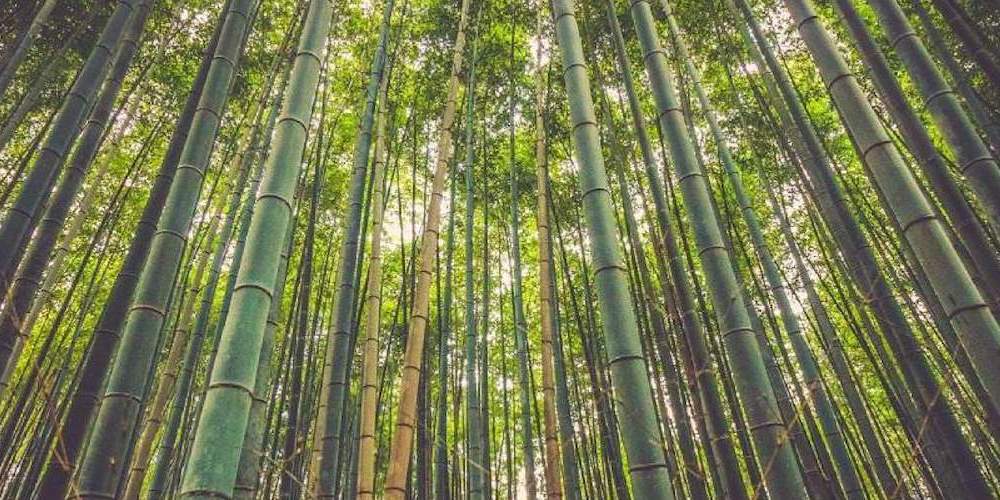
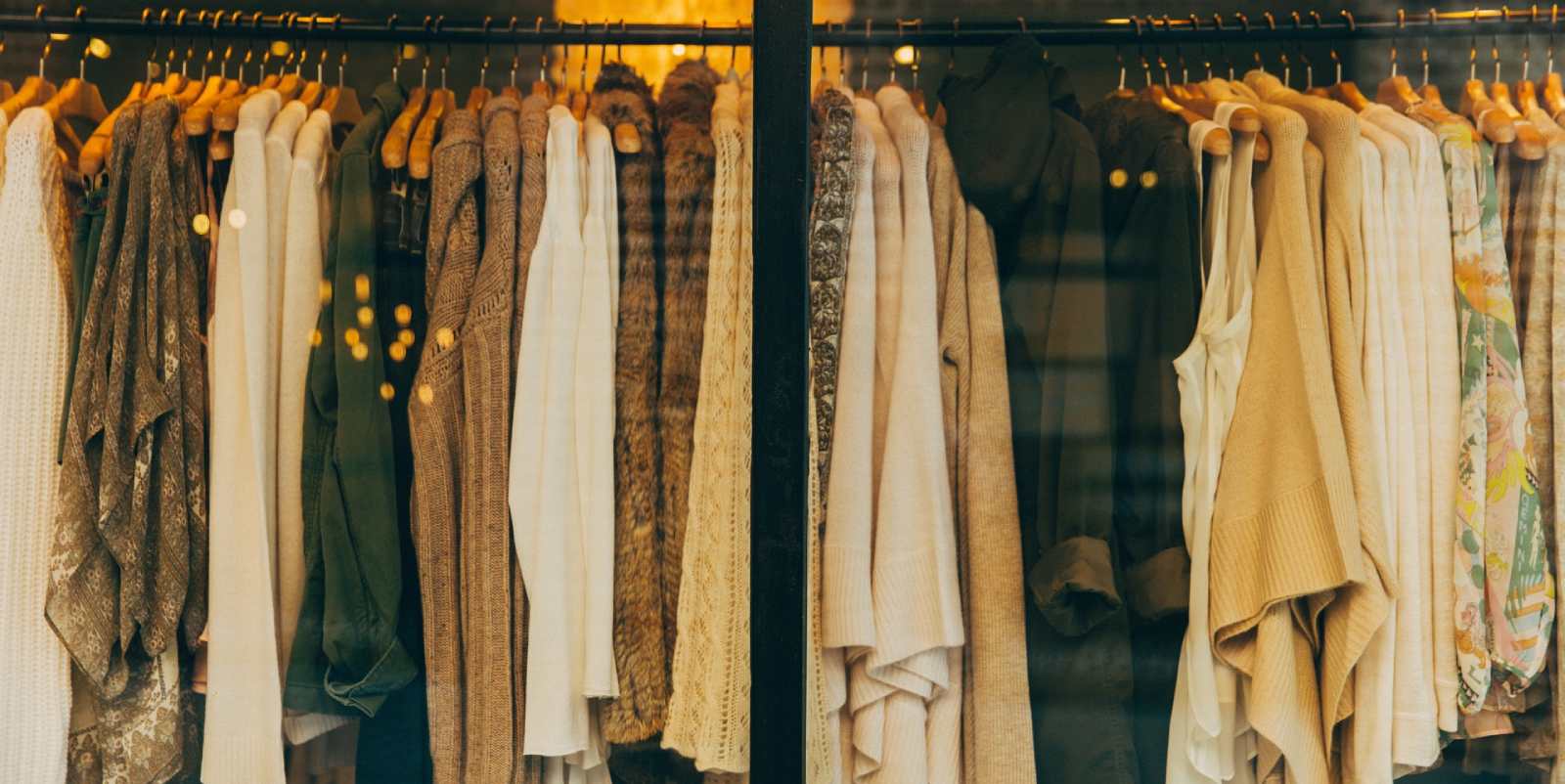
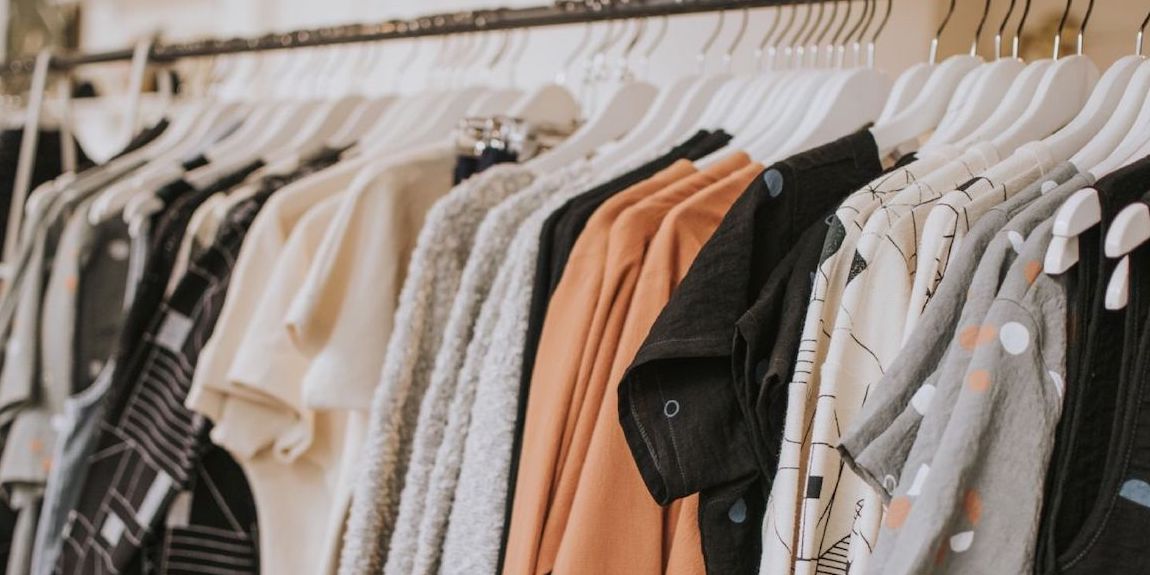
 Be the first to know when North America's top ethical brands are on sale, sign up to our newsletter here
Be the first to know when North America's top ethical brands are on sale, sign up to our newsletter here